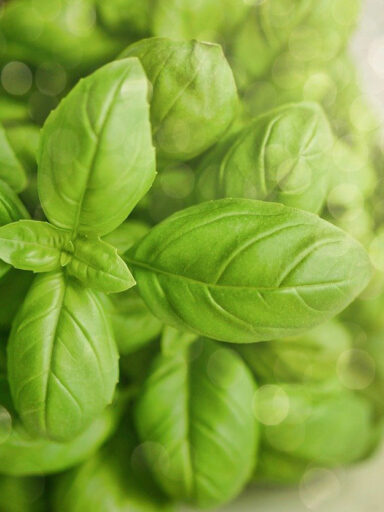The blueberry is a deciduous shrub belonging to the family of Ericaceae, in the genus, Vaccinium. The blueberry plant is a perennial flowering plant with indigo-colored berries.
These blueberries grow off two types of shrubs, namely the highbush blueberry which grows to about 10 to 12 feet tall and is loaded with branches. Then there is the lowbush blueberry which grows to one to two feet and spreads by underground rhizomes.
Blueberries grow well in well-drained, acidic soil of a sandy nature. They require plenty of sunlight. They are ready for harvest when they appear blue and are soft.
Significant regions where blueberries are grown include the United States where the highbush blueberries are grown in Washington (the largest producer), Michigan, Georgia, Oregon, New Jersey, California, Maryland, and North Carolina. In Canada production of highbush blueberries occurs in British Columbia, Nova Scotia, Prince Edward Island, and Québec.
Other regions around the world include Germany, Sweden, the Netherlands, Lithuania, Latvia, Estonia, Romania, Poland, Italy, Hungary, and Turkey among other European countries.
Other significant blueberry producers are Peru, Chile, Argentina, Uruguay, South Africa, New Zealand, and Australia.
Depending on where you live, like in the United States, blueberries are available in markets throughout the year. Fresh berries are available around harvest season from June until August.
Fresh berries, even those in stores and markets should be firm, smooth skin with a silvery-gray hue. The ripe blueberries should be deep indigo, purple-blue, blue, or blue-black in color.
One should avoid berries that are soft, shriveled, bruised, cut, slimy, or show any other signs of mold and rotting.
Store them at home in a zip-lock bag inside a refrigerator with relatively high humidity. The fruit can keep for about a week in those conditions.
Enjoying the Blueberry as a Culinary Delight
Wash the blueberries with cool running water. Remove any stalks and discard. pat them dry with a paper towel or kitchen cloth.
The fruit can be eaten as a snack when fresh. Dried berries can be used to flavor, soup, stews, sauces, and meats such as venison.
They are also ideal as an ingredient in salads, ice cream sundaes, and fresh fruit tarts. You will also find them used to make juice, jelly, and jam in food production.
Nutritional Benefits
Blueberry is an excellent source of antioxidants and a good source of carbohydrates. They are low in calories providing just 57 calories per 100 grams. They have little fats and oil and contain no cholesterol.
They come with a small amount of B-complex vitamins and minerals. With these berries, you get small amounts of folates, niacin, pantothenic acid, and pyridoxine.
It is a good source of vitamin K and comes with small amounts of vitamin E, vitamin A, and vitamin C.
The blueberry also contains a little iron, magnesium, and zinc with good amounts of manganese.
The dried blueberries can be used in blueberry muffins, pies, cakes, buns, pastries, and cheesecake.




